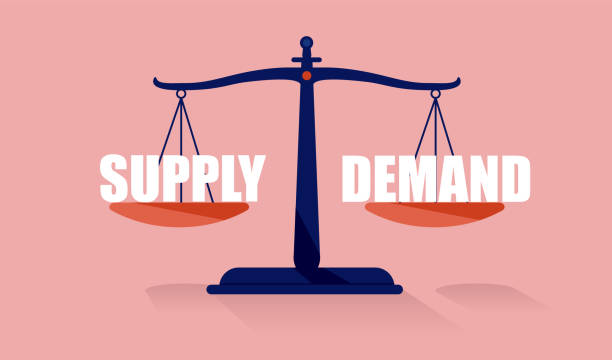
Demand And Supply
Supply and demand is a core concept in microeconomics that explores the relationship between the availability of goods or services (supply) and consumers’ desire to purchase them (demand). Supply represents the willingness of producers to sell at various prices, while demand represents consumers’ willingness to buy at different price levels. The interaction of supply and demand determines the equilibrium price and quantity in a market. Understanding supply and demand helps businesses make production decisions, governments implement economic policies, and consumers make informed choices. It provides insights into market trends, pricing patterns, and resource allocation, shedding light on how economies function.
Two big ideas are going to be focused on:
1. Value influences economic choices.
As the previous example mentioned, the product’s value is essential in the competitive market because it determines the company’s competitive advantage, which could make more profits and survive in the environment for a longer time. The more customers demand the products, the higher the value that products represent. Our major topic in the learning lesson – demand and supply – significantly affects the different selections of products by different stakeholders: customers, suppliers, and business owners. Through learning this topic, learners could better understand the importance of knowing the demand and supply in the market and how these concepts and stakeholders influence each other.
2. The key factors shape the markets and influence prices.
It is a well-known fact that when the demand for a specific product exceeds its supply, the price increases. Conversely, if the supply surpasses the demand, the price of the product needs to be reduced. Therefore, supply and demand, which determine market behavior, are the central focus of microeconomics studies. This is one of our primary subtopics, aiming to provide learners with a comprehensive understanding of the precise relationship and interaction between supply and demand.